Oy! This is what a dishwasher looks like if you have hard water and don’t clean it… ever. Gross! Thankfully, I came across this cleaning hack – you can easily wash your dishwasher and get rid of the scaly buildup with two common kitchen ingredients.
This is totally kid-safe (not that we are advocating that your kids actually consume the ingredients).
First, Lets Deal with the Accessories
If your dishwasher stinks, wash the accessories and parts of the dishwasher. Take out the bottom rack, and top rack if it can be removed, as well as the utensil holders. Wipe off any stuck-on food particles and other debris with a paper towel or damp cloth.
Use an all-purpose cleaner, like the one featured below, to wipe down and disinfect the parts. Use a toothbrush or soft brush to scrub the spray arm to remove any clogs, which can result in your dishwasher not cleaning properly.
Dishwasher filters vary greatly, so you’ll want to refer to your owner’s manual for specific directions on how to clean the screen in your dishwasher.
Here’s how to clean a dishwasher filter if it can be removed. Take the filter out of the dishwasher and rinse it under hot running water to remove debris and food particles. Using a damp paper towel, clean the area beneath the filter, then put it back in place.
While you are tackling the interior workings of the dishwasher, it may be a good time to think about when to clean fridge coils, too. Like the dishwasher, the coils rarely get any attention. Vacuum them carefully and wipe them clean with a paper towel dampened in some vinegar and water.
How to Clean a Dishwasher:
1. Using Coke/Pepsi and Koolaid
- Pour hot water down your sink and turn on the garbage disposal. Half the secret to a clean dishwasher is clean garbage disposal so the dishwater has a place to exit. You can use these garbage disposal cubes to help get that cleaned out!
- If you have a food trap or filter, pull that out, empty it and try to get any of the bigger debris out of the dishwasher first.
- Mix Coke/Pepsi or the generic equivalent with a packet of lemon Kool-Aid. The Phosphoric and Citric Acid in the drinks will bubble and help break down the deposits from your hard water.
- Get a scrub brush and lightly brush your soda mixture over the worst of the gross stuff. Then dump the whole thing, bottle, and Kool-Aid contents into the bottom of your empty dishwasher.
- Turn your dishwasher on for a hot cycle. If you have a double rinse option add it.
- With an absorbent towel wipe down the dishwasher after you have finished. This keeps new deposits from forming on the sides of your machine.
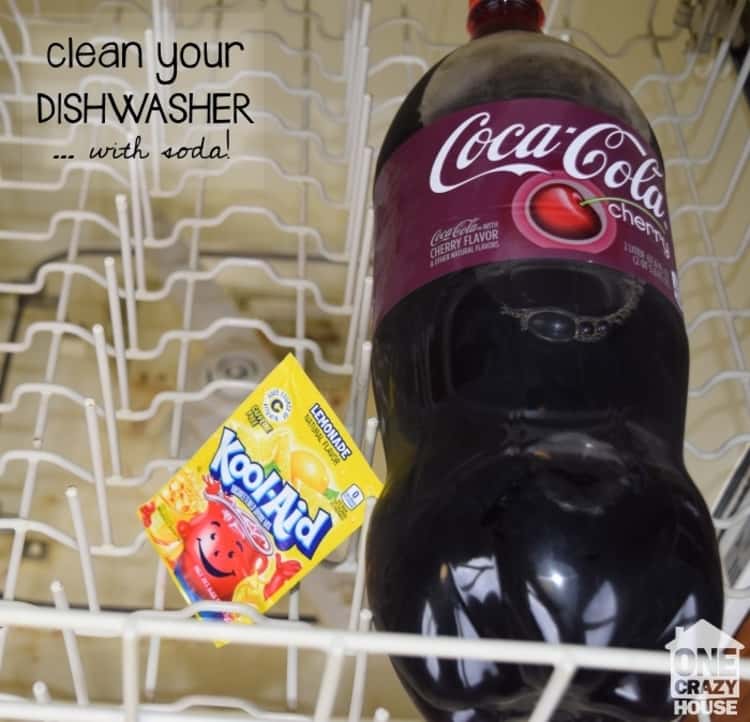
There you have it – a fresh, clean dishwasher! All it took was a bottle of Coke, a packet of Koolaide, and an empty cycle on high heat.
2. Vinegar and Baking Soda
- Clear the filter
Clear the filter at the bottom of the dishwasher of any food bits or debris like glass, popcorn kernels, or small pieces of paper. If applicable, remove and clean the filter to clear any clogs or other obstructions. Keep in mind that some filters cannot be removed—check your Use & Care Guide for specific instructions. - Add white vinegar
Pour 2 cups (500 mL) of white vinegar into a glass measuring cup or other dishwasher-safe container and place upright in the lower rack. Run a normal cycle with the heat dry option turned off. Do not use detergent. - Add baking soda
After the cycle with vinegar is complete, sprinkle 1 cup of baking soda in the bottom of the dishwasher and run a hot water cycle. That’s all it takes for a clean, fresh-smelling dishwasher - Pro tip:- You can use either white or diluted apple cider vinegar. However, distilled white vinegar is preferable since it doesn’t have a coloring agent that could stain surfaces.
3. How to clean a dishwasher with Affresh® Dishwasher Cleaner
affresh® Dishwasher Cleaner is specifically formulated to help remove limescale and mineral build-up. Plus, you can use it while running a normal load, helping to descale glassware and dishes. Descaling removes limescale, which is the build-up that causes cloudiness on glassware.
Clear the filter
Clear the filter at the bottom of the dishwasher of any food bits or debris like glass, popcorn kernels, or small pieces of paper. If applicable, remove and clean the filter to clear any clogs or other obstructions. Keep in mind that some filters cannot be removed—check your Use & Care Guide for specific instructions.
Place dishwasher cleaner tablet
If you’re cleaning without dishes, place 1 tablet in the detergent tray. You can add a second tablet if there’s a lot of build-ups.
If you’re cleaning with dishes, put 1 tablet in the bottom of the dishwasher (under the bottom rack) and use your normal detergent in the main detergent tray.
Run cycle
No matter whether you’re washing with or without dishes, run a normal wash cycle.
4. Baking Soda and Hydrogen Peroxide
- In a small bowl, combine the baking soda and hydrogen peroxide, mixing until it has the consistency of damp sand. Using a large spoon, scoop out enough mixture to form large balls.
- Place the balls in the dishwasher overnight. The next day, fill a glass with the vinegar and dishwashing detergent, adding the essential oils if using, and place the glass on the top rack of the dishwasher, along with another ball of the hydrogen peroxide and baking soda on the bottom rack.
- Run the dishwasher on its hottest setting to allow the cleaner to clean the dishwasher effectively. This is a great recipe for a DIY dishwasher detergent without Borax.
5. Eliminate Mineral Build-Up and Hard Water Stains
Depending on the water in your home, your dishwasher could have hard water deposits or mineral build-up on the inside. Use can use lemon juice to tackle these problems.
Add some lemon juice to a dishwasher-safe container and place it on the top rack of the dishwasher and run a regular cycle. The acid from the lemon juice will work to remove iron build-up and hard water spots inside the dishwasher.
6. Clean the Dishwasher Door
The door of your dishwasher can quickly become covered in unsightly fingerprints, especially if you have a stainless steel dishwasher. You can keep the stainless steel door fingerprint-free by wiping it down with warm, soapy water, or a homemade stainless steel cleaning solution, like the one below.
You want to avoid harsh detergents and abrasive scouring pads that might scratch the finish on the dishwasher. After the door is clean, wipe it down with a dry, soft cloth. If you have tricky fingerprints, you can tackle them with a bit of rubbing alcohol and a soft cloth.
Once the outside of the door is clean, it’s time to tackle the inside. Open the door so you can clean the tops and sides. With an old toothbrush, scrub around the door with hot, soapy water, being sure to get in the grooves of the rubber seal and other crevices.
If there is a lot of build-ups, you may need to use a slightly abrasive cleaner to remove the gunk. Use a sponge, dipped in hot soapy water to wipe away any result grime. With a clean, wet sponge, wipe away any residue left behind by the cleaning solution.
6. Clogged dishwasher
How can you tell if your dishwasher is clogged? If it’s not draining very well or if an inch or more of standing water consistently collects in the bottom of the tub, you likely have a clogged dishwasher. With all of the little worries of the day, the last thing you need is a malfunctioning appliance. Who has the time or the flexibility to wait for a visit from a service technician?
Start with the filter
The most likely source of a clogged dishwasher drain is the filter. Tough food particles like popcorn kernels or wet chunks of paper from container labels can get caught in the filter and keep water from draining out of your dishwasher.
To find the filter assembly, remove the bottom dish rack and look at the bottom of the tub. In some models, the assembly is located in a back corner, while in others it’s somewhere near the base of the spray arm
The filter is often covered by a cage or grille. You can typically remove the dishwasher filter by hand, but some require a screwdriver.
Once the covering is out of the way, you can pull out the filter. If yours is clogged, you’ll probably see food particles, soil, or other visible debris caught in the fine mesh.
Rinse and replace it
You can rinse most of the soils away by simply running the filter under the sink faucet. Scrub-caked-on debris away with a soft brush, like an old toothbrush. But don’t use anything made of a tough or abrasive material because you might damage the filter.
Replace the now sparkling clean filter when you’re done and fit the cage or grille securely back in place.
Look for other culprits
If you’ve cleaned your filter and the dishwasher is still not draining properly, there may be another reason it’s clogged. Check your drain valve. You should be able to easily move the drain bracket manually. If it’s stuck in place, that means the valve’s electrical components are probably burned out and it needs to be replaced.
One Crazy House Has Thousands of Cleaning Hacks, Here Are Some Just for You

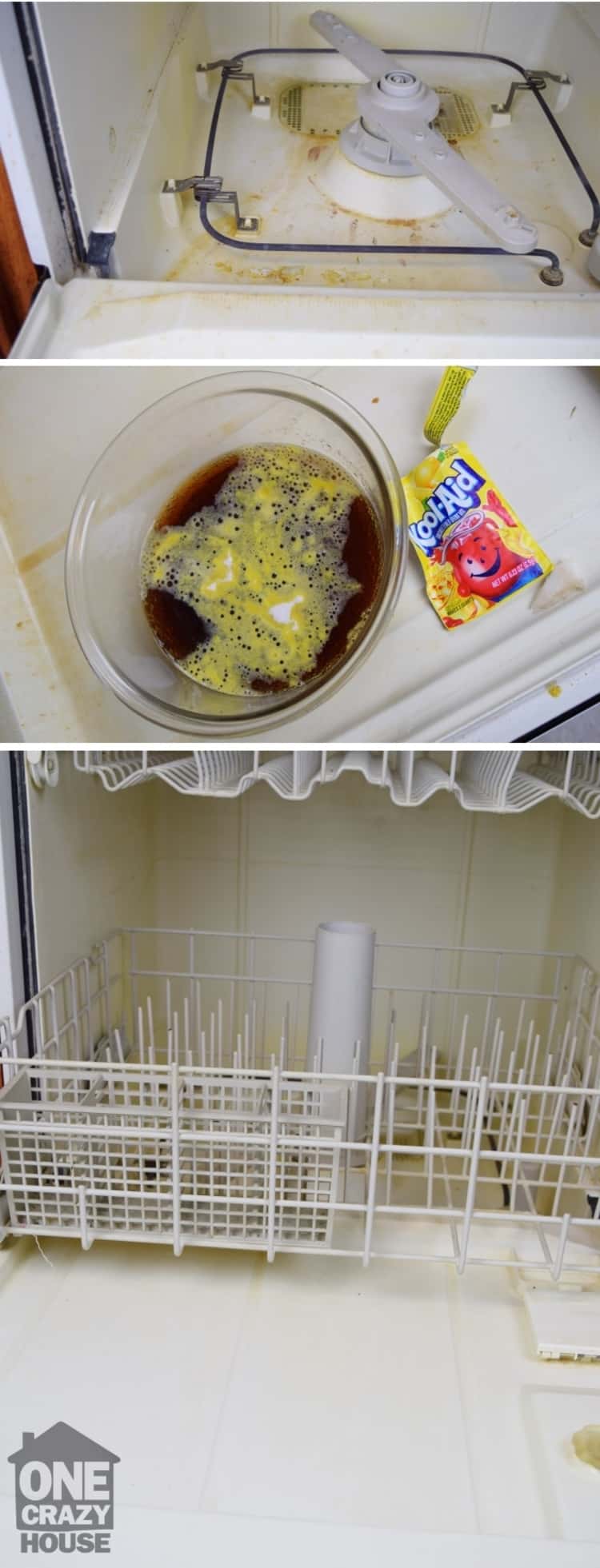

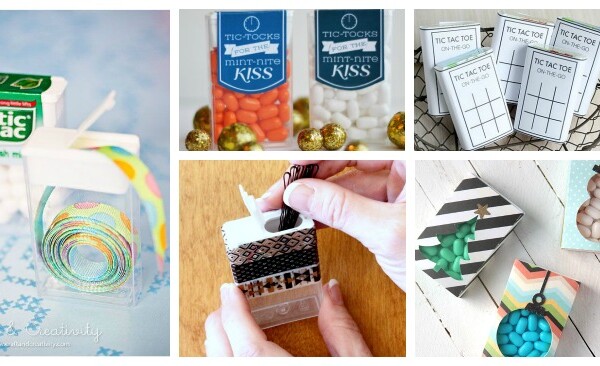
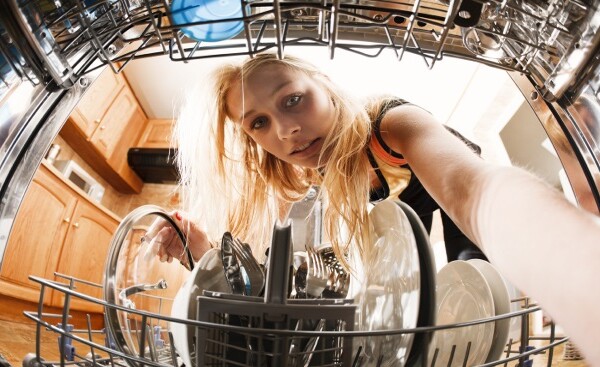

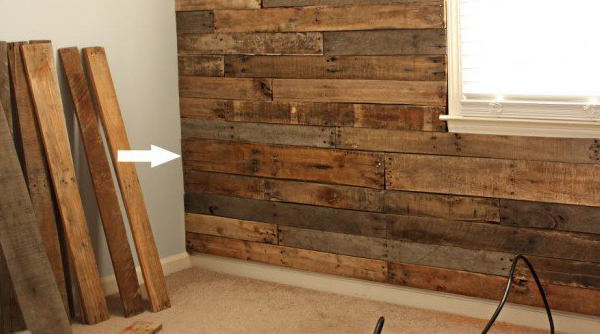




0